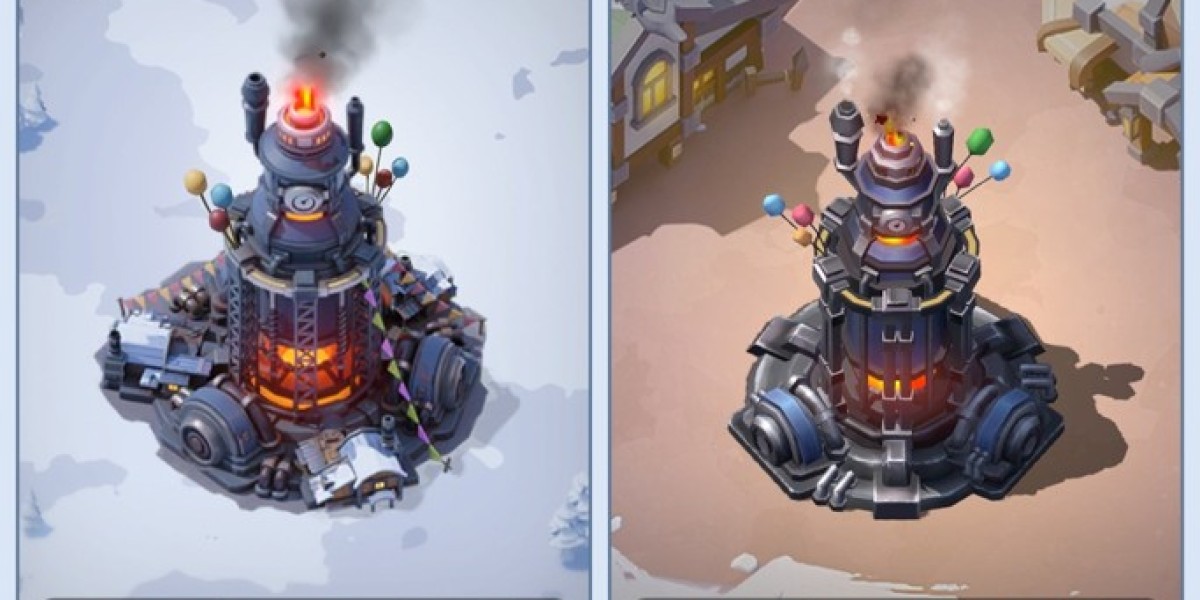Unlock Your Creativity: Discover the Magic of FDM 3D Printing Today!
Fused Deposition Modeling (FDM) 3D printing has emerged as a revolutionary technology that is reshaping the creative and manufacturing landscapes. With its ability to produce complex shapes and prototypes quickly and affordably, FDM 3D printing has captured the attention of both hobbyists and professionals. Whether you're an artist looking to bring your vision to life, an engineer prototyping a new device, or a teacher seeking innovative educational tools, FDM 3D prints offer endless possibilities. As the technology continues to advance, its accessibility and versatility make it a sought-after solution in various fields. In this article, we will explore the fundamentals of FDM 3D printing, its diverse applications, how to get started, and where to find quality products and services.

Understanding FDM 3D Printing
FDM 3D printing operates on a simple yet effective principle: it builds objects layer by layer using thermoplastic materials. The process begins with a digital 3D model created in computer-aided design (CAD) software. This model is sliced into thin horizontal layers by slicing software, which generates the instructions for the printer. The printer then extrudes melted filament through a heated nozzle, depositing it precisely on the build platform. As each layer cools, it solidifies, and the next layer is added until the object is complete. Common materials used in FDM printing include PLA, ABS, and PETG, each offering unique properties suitable for different applications. The advantages of FDM printing are numerous: it is relatively low-cost, requires minimal setup, and supports a wide range of customizable designs. Furthermore, the ability to create intricate geometries and functional prototypes makes FDM a favored choice in both personal and professional projects.
Applications of FDM 3D Printing
The versatility of FDM 3D printing enables its application across a multitude of industries. In product design and development, it allows for rapid prototyping, enabling designers to test and iterate their ideas quickly. In the realm of education, teachers utilize FDM printing to create interactive learning tools, helping students grasp complex concepts through hands-on experience. Moreover, artists leverage this technology to create unique sculptures and custom art pieces that would be challenging to achieve through traditional methods. The medical field also benefits from FDM printing, with applications ranging from custom prosthetics to anatomical models for surgical planning. In manufacturing, companies employ FDM printing for producing bespoke items and spare parts, reducing the need for large inventories. These varied applications showcase FDM 3D printing as not just a hobbyist's tool but a vital resource for innovation and creativity in diverse fields.
Getting Started with FDM 3D Printing
For those interested in diving into the world of FDM 3D printing, getting started can be both exciting and overwhelming. The first step is selecting a suitable 3D printer. Beginners should consider factors such as build volume, ease of use, and the printer's compatibility with various filament types. It's also important to choose quality materials; PLA is often recommended for beginners due to its ease of use and environmental friendliness. Once you've secured your printer and materials, familiarize yourself with design software. Many online resources provide tutorials and templates that can help you get started with modeling. Community forums and social media groups can also be invaluable for troubleshooting and sharing ideas. Finally, experimentation is key—start with simple projects to practice your skills and gradually take on more complex designs as you gain confidence.
Where to Purchase FDM 3D Printing Products and Services
Finding the right sources for FDM 3D printing products and services is crucial for ensuring quality and reliability. Researching online marketplaces and specialized retailers can yield a variety of printers and filaments. Additionally, reading customer reviews and seeking recommendations from fellow enthusiasts can help you make informed decisions. Many local maker spaces and community workshops offer access to FDM printers and supplies, providing a great opportunity to learn and experiment without a large initial investment. Furthermore, consider exploring online platforms that connect users with professional 3D printing services, allowing you to outsource more complex projects. Engaging with the community through forums, social media, and local meetups can also lead to valuable insights and connections, enhancing your FDM printing journey.
Embracing the World of FDM 3D Printing
FDM 3D printing stands at the forefront of modern creativity and innovation, offering a gateway for individuals and professionals alike to bring their ideas to life. From understanding the technology and its applications to getting started and finding reliable sources, the journey into FDM printing is filled with exciting possibilities. As you explore this fascinating field, remember that each project is an opportunity to learn and grow. Whether you're crafting a prototype, designing a custom piece, or simply experimenting for fun, FDM 3D printing can unlock your creative potential. Embrace the journey and consider how this technology can empower your own projects and aspirations.








